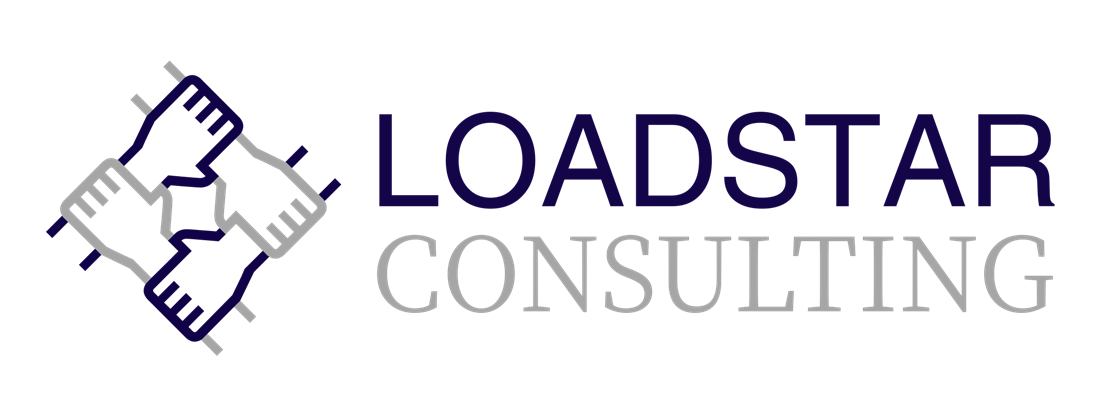Keeping the Mission Moving: Unlocking the Potential of Your Existing Donor Management System
November 22, 2024 | 6 min read
Limited budgets don’t mean limited impact. Even older donor management systems can strengthen relationships and support your mission. It’s about using what you have to amplify the good you do.
As a nonprofit, your work changes lives, and every decision you make has a sense of purpose and passion. Working with limited resources, however, can be challenging, especially when it comes to technology. If your organization is using an older donor management system and upgrading is outside your budget right now, do not despair! While your current system may not have the bells and whistles of newer systems, it can still be an impactful tool for cultivating donor relationships and driving your mission forward.
This article includes tips to help you get the most out of what you already have. Topics covered include:
- Get Intimate with Your System
- Focus on Clean Data
- Lean on Automation
- Use Integrations Wisely
- Train Your Team
- Personalize Donor Communications
- Advocate for the Future
1. Get Intimate with Your System
Spend some time getting to know your donor management system. Believe it or not, many older systems have hidden features or overlooked functionalities that can help you streamline your work.
- Review the manual: It sounds old-fashioned, but the manual might reveal shortcuts or processes you did not know existed.
- Explore forums and online communities: You might be amazed at the creative solutions or underutilized tools other users of the same system may have discovered that are worth adopting.
Investing in this knowledge equips your team to work more efficiently and effectively, unlocking their full potential.
2. Focus on Clean Data
I am sure you have heard the adage: garbage in, garbage out. This principle still holds today. A system is only as good as the data it holds. Keeping your donor database clean and well-organized ensures it remains a reliable source of truth for decision-making.
- Standardize data entry: Create guidelines for entering donor information, from naming conventions to formatting phone numbers and email addresses. Clear and documented procedures result in more consistent and accurate data to help inform your decisions.
- Purge outdated records: Identify and remove duplicate or inactive records regularly. For example, if your organization tracks correspondence with donors, consider whether older data (like appeals from the 1990s) still provides value.
- Segment strategically: Organize your donors into meaningful groups based on giving history, interests, or engagement level. Proper segmentation helps create more accurate and relevant reports and dashboards.
- Prioritize data security and compliance: Implement data security measures and ensure your system aligns with standards like GDPR and HIPAA. These measures protect sensitive donor information and foster trust among your constituents.
- Conduct regular data quality audits: Take time to periodically review your database to ensure the accuracy, completeness, and relevance of your donor records. These audits can help you identify inconsistencies, outdated information, or gaps that require attention. A clean database ensures more reliable reporting and better decision-making.
Clean, organized data makes pulling reports, targeting appeals, and personalizing communications easier.
3. Lean on Automation
While your system may lack modern AI features, it likely has automation tools that can save time and reduce human error.
- Set up recurring tasks: Automate thank-you letters, birthday cards, monthly donation reminders, and event follow-ups.
- Schedule reports: Program the system to generate key reports on predefined intervals, ensuring you always have data at your fingertips.
By automating routine tasks, your team can focus more on building relationships and driving your mission forward.
4. Use Integrations Wisely
Older donor management systems often support integrations, even if they are not as seamless as modern APIs (Application Programming Interface). Creative use of external tools can significantly enhance your system’s functionality.
- Export and import data: Pair your system with tools like Power BI for deeper analysis, Mailchimp for email campaigns, or Tableau Public for visually engaging dashboards and reports.
- Leverage free tools: Tools like Qgiv for donation forms or YourVolunteers for managing volunteers can help address gaps in functionality.
- Explore third-party integrations: Look for tools to enhance your system’s capabilities without requiring a complete overhaul, such as payment processing solutions and event and volunteer management tools.
- Incorporate mobile-friendly tools: Integrate mobile-compatible solutions for tasks like data entry, donor management, or volunteer coordination, ensuring accessibility and ease of use for team members on the go.
Combining systems creatively allows you to replicate some of the capabilities of newer platforms without a complete overhaul.
5. Train Your Team
Your team is your most valuable resource, so ensure they know how to use the system effectively.
- Host training sessions: Regularly update staff and volunteers on best practices, new policies, or recent discoveries. These sessions help reinforce consistency and accuracy.
- Create an internal knowledge base: Document tips, tricks, and processes to preserve institutional knowledge and ease transitions during staff turnover.
- Foster a culture of continuous improvement: Encourage your team to share ideas and feedback on improving or enhancing workflows and maximizing system functionality. Regular discussions can lead to small but meaningful changes that increase efficiency.
A well-trained team can elevate the potential of an older system, ensuring consistent and efficient use.
6. Personalize Donor Communications
By tailoring your communications, you can use your system to build deeper connections with your donors.
- Track donor preferences: Record donor contact and name preferences and which programs resonate most with them.
- Acknowledge milestones: Celebrate milestones by sending personalized messages for birthdays and anniversaries or sending first-time donors a warm welcome emphasizing their role in your mission.
- Segment constituents: Craft correspondence that speaks directly to each group’s unique interests, giving behavior, and engagement levels. While advanced segmentation tools may not currently exist in your older donor management system, you can still achieve meaningful results with thoughtful planning and utilizing existing functionality, such as creatively using dots and attributes in Fundraising 50. Segmentation based on simple criteria can dramatically improve the relevance and effectiveness of your outreach.
Segmentation ensures your donors feel seen, valued, and connected to your mission. Instead of generic appeals that can feel impersonal, targeted messaging helps donors understand the unique role they play in your work.
7. Advocate for the Future
While your current system may still meet your business needs today, start documenting its limitations and their impact on your day-to-day operations. This information will be crucial when it is time to advocate for a new system.
- Build an investment case: Track inefficiencies caused by the current system to demonstrate potential cost savings from an upgrade.
- Explore grants: Many foundations and tech companies offer grants specifically for nonprofit technology upgrades.
By addressing challenges today and seeking funding opportunities, you are ensuring your organization is prepared to seize future opportunities for improvement.
A Final Thought
Working with an older donor management system is an opportunity to showcase your organization’s creativity and resourcefulness. By maximizing your current tools, you can continue building meaningful relationships and advancing your mission. Remember, technology is just a tool—what truly drives impact is the passion and dedication of the people behind it!
With a tad of creativity and heart, your system can continue to serve your cause well. After all, resourcefulness is what nonprofits do best! Connect with us today to learn how we can help your team unlock your system’s potential.

